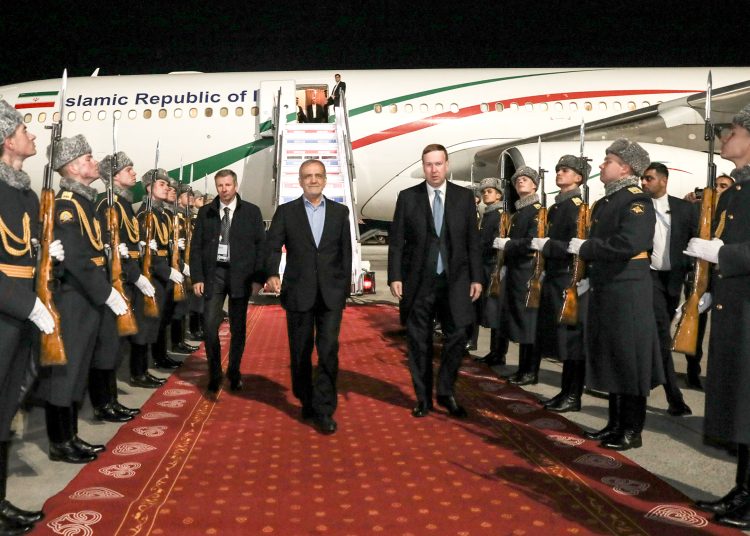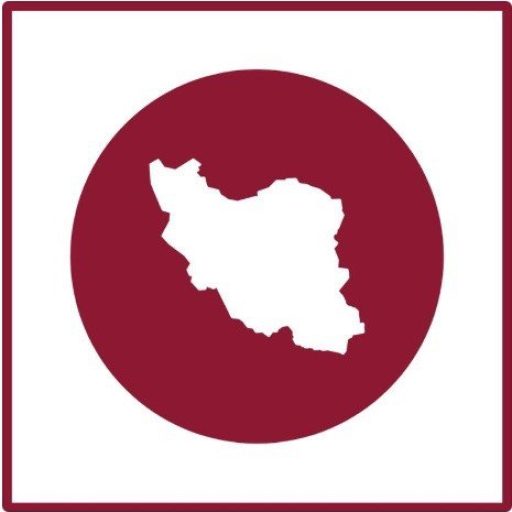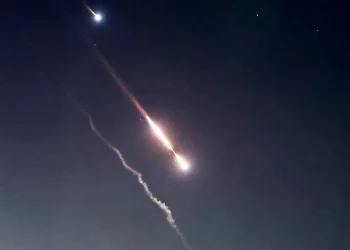In a move underscoring Iran’s expanding role on the global stage, President Masoud Pezeshkian arrived in Kazan, Russia, to participate in the BRICS summit and also engage in pivotal bilateral meetings. This marks Iran’s first official participation as a full member of the BRICS, a testament to the nation’s strategic realignment and pursuit of broader international collaboration.
A New Chapter in BRICS Membership
The BRICS group—comprising Brazil, Russia, India, China, and South Africa—has evolved into a formidable political, economic, and cultural coalition. Established in the early 2000s as a counterbalance to Western dominance, BRICS represents over 45% of the world’s population and a significant portion of global GDP. Iran’s induction into this alliance, effective from January 2024, signifies a pivotal shift in the geopolitical landscape, highlighting the nation’s intent to forge stronger ties with emerging economies.
President Pezeshkian’s attendance at the summit is not merely ceremonial; it symbolizes Iran’s commitment to the BRICS objectives of fostering unity, enhancing economic cooperation, and challenging unipolar power structures. “BRICS is an organization established to create unity and cohesion and to control the unchallenged power of the United States,” President Pezeshkian remarked prior to his departure. He emphasized plans to secure robust agreements in energy, industry, trade, and tourism.
Strategic Bilateral Engagements
On the sidelines of the summit, President Pezeshkian is slated to hold separate bilateral meetings with key global leaders: President Xi Jinping of China, President Vladimir Putin of Russia, and Prime Minister Narendra Modi of India. These meetings are particularly noteworthy as they represent his first engagements with the leaders of China and India, two of the world’s most influential economies. The discussions are expected to delve into deepening bilateral relations, enhancing economic partnerships, and exploring collaborative initiatives across various sectors.
The anticipated meeting with President Putin is poised to further solidify Iran-Russia relations. Although both leaders have previously met in Turkmenistan during an international forum, the Kazan meeting is expected to lay the groundwork for a comprehensive cooperation agreement between the two nations. However, the accord is set to be inked in a later setting.
Addressing Middle East Tensions
Amid the backdrop of the BRICS summit, the escalating tensions in the Middle East, particularly the Israeli aggressions in Gaza and Lebanon, have garnered international attention. The conflict has seen renewed engagements, with reports of Israeli military actions causing significant humanitarian concerns. Similarly, the fight between Israel and Lebanon have raised alarms over potential broader regional instability.
Iran, a key player in Middle Eastern geopolitics, is expected to address these issues during the summit. The discussions are likely to focus on advocating for the cessation of Israeli attacks. The rising tensions between Israel and Iran add a layer of complexity to the regional security landscape. The BRICS platform offers an avenue for Iran to engage with global partners in seeking collaborative approaches to these challenges.
Evolution and Expansion of BRICS
The BRICS originated from the recognition of the growing economic prowess of Brazil, Russia, India, and China—collectively referred to as BRIC. Coined by British economist Jim O’Neill in 2001, the term reflected a vision of these nations becoming dominant global economies by 2050. The group’s first formal summit in Yekaterinburg, Russia, in 2009, laid the foundation for a unified approach to address complex global issues. South Africa’s inclusion in 2010 expanded the group’s reach into the African continent.
The recent invitation extended to Iran, along with Egypt, Ethiopia, Saudi Arabia, and the United Arab Emirates, marks a significant expansion of BRICS. While Argentina, initially invited, has since declined membership under its new administration, the inclusion of Middle Eastern and African nations underscores BRICS’ commitment to enhancing representation of emerging economies. This expansion is poised to bolster the group’s influence in global economic and political affairs.
Economic Collaboration and Alternatives to Western Institutions
One of BRICS’ primary objectives is to increase trade among member countries, thereby reducing dependence on Western economies. The establishment of the New Development Bank (NDB) and the Contingent Reserve Arrangement (CRA) serves as alternatives to Western-dominated financial institutions like the World Bank and the International Monetary Fund. These entities aim to provide financial support for development projects and offer a safety net against global financial pressures.
Iran’s potential integration into the NDB aligns with its strategic interests in achieving monetary and financial independence from Western systems. Such a mechanism could help Iran mitigate the impact of Western sanctions, led by the United States. Initiatives such as de-dollarization, utilizing national currencies for trade, and exploring a common BRICS cryptocurrency are among the group’s financial goals. For Iran, participation in these mechanisms represents a mutually beneficial opportunity to enhance economic resilience and expand international trade relations.
Geopolitical Implications and the Pursuit of Multilateralism
The expansion of BRICS and Iran’s active participation signal a shift toward greater multilateralism in global governance. The group’s collective stance on reforming international institutions, particularly the UN Security Council, reflects a desire for a more equitable representation that mirrors the current balance of global power. With China and Russia as permanent members of the Security Council and India, Brazil, and South Africa advocating for permanent seats, BRICS countries are positioned to influence significant changes in international policymaking.
The coalition’s focus on combating terrorism, addressing money laundering, and taking clear positions on regional conflicts demonstrates its commitment to global security and stability. BRICS’ approach to fostering South-South cooperation leverages the collective strengths of developing nations to advocate for fairer global economic relations and to address pressing challenges faced by member countries.
Conclusion
President Masoud Pezeshkian’s visit to Kazan for the BRICS summit represents a strategic endeavor to elevate Iran’s role in shaping global economic and political discourse. The engagement with leaders of China, Russia, and India offers a platform to strengthen bilateral ties and to collaborate on addressing regional and international challenges. The inclusion of discussions on Middle East tensions highlights the interconnectedness of global security concerns and the importance of multilateral efforts in seeking resolutions.
As BRICS continues to expand and assert its influence, Iran’s membership could benefit the country against the backdrop of the shifting dynamics of international alliances. The group’s commitment to fostering unity among emerging economies and challenging traditional power structures presents new opportunities for collaboration and development. For Iran, active participation in BRICS signifies a step toward greater economic integration, enhanced diplomatic relations, and a more prominent voice in global affairs.






